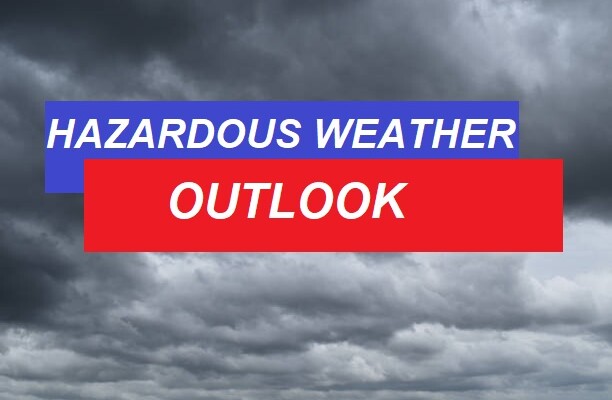With severe weather and hurricane season top of mind, now is the perfect time to get familiar with an enhanced product the National Weather Service is experimenting with to help communities stay safe during weather events.
It’s called he graphical Hazardous Weather Outlook, which is an experimental product that is being tested to see how users like the feature.
The Hazardous Weather Outlook provides information about weather phenomena that could be hazardous, like thunderstorms that could produce hail, damaging winds or tornadoes. The forecast is based on the potential for a weather event to require an outlook, watch, warning, or advisory from the National Weather Service.
This service is expected to provide critical weather information to a wide range of decision-makers, including emergency managers, media and the general public. Any person with internet access will be able to use the service.
The Hazardous Weather Outlook is created every seven days using existing local forecast data as well as outlooks from national centers such as the Storm Prediction Center and the Weather Prediction Center. It is designed to provide convenient access to the expected type, severity, coverage and potential impacts of hazardous weather events.
If your area is in an elevated risk of dangerous weather, you should pay particularly close attention to the weather situation that day or night. Have a dependable method of getting severe weather watches and warnings, whether through local media, NOAA weather radio, social media or a smartphone. Make sure your smartphone is charged and app settings, including volume, are such that you can be awakened from a sound sleep. Know where to take shelter if a warning is issued.

To learn more about the Hazardous Weather Outlook and how to use it, go to https://www.weather.gov/. Type in your city or ZIP code and search the “Hazardous Weather Outlook” on your local National Weather Services’ home page.
This service will be available 24 hours a day, seven days a week with real-time access for the 117 contiguous U.S. offices around the country.
Copyright 2024 Storm Center






